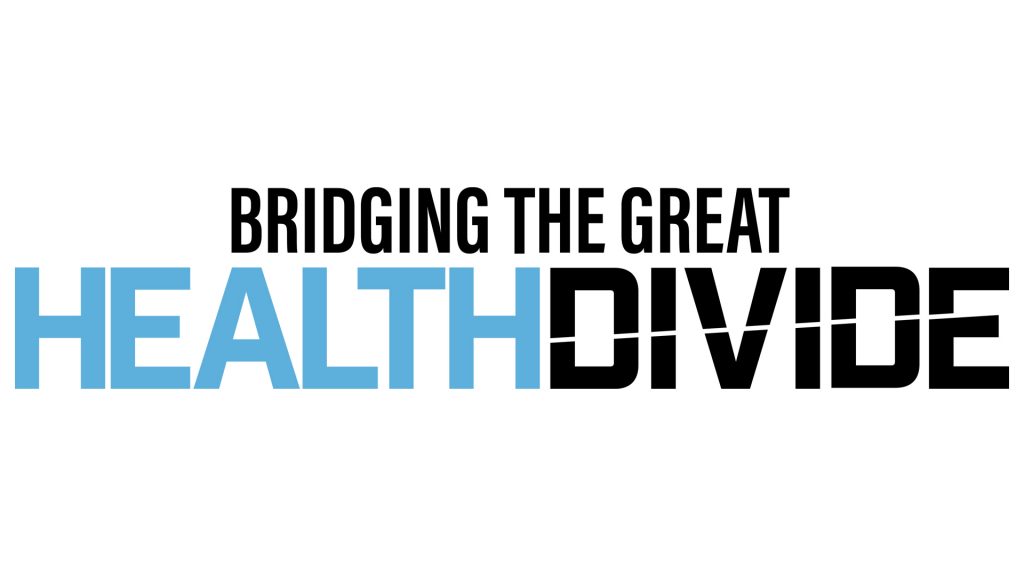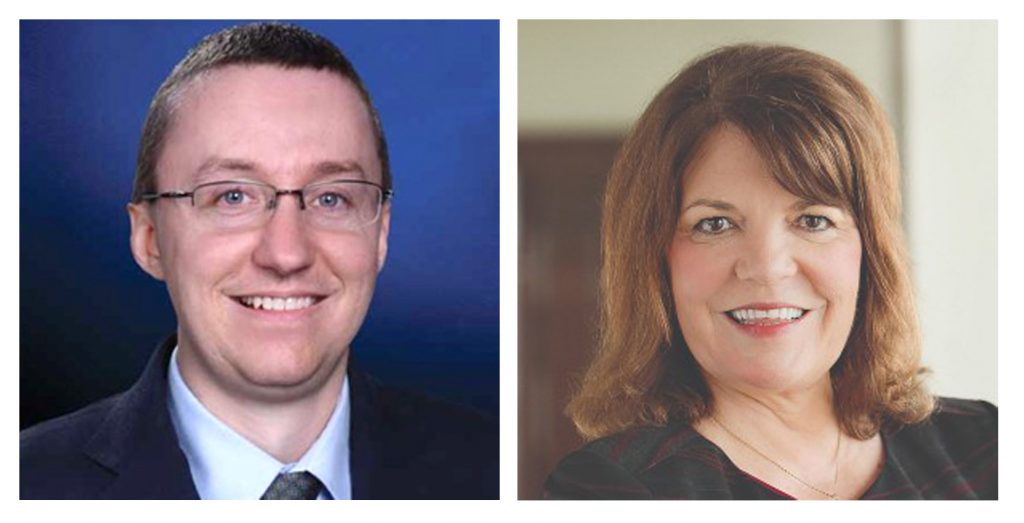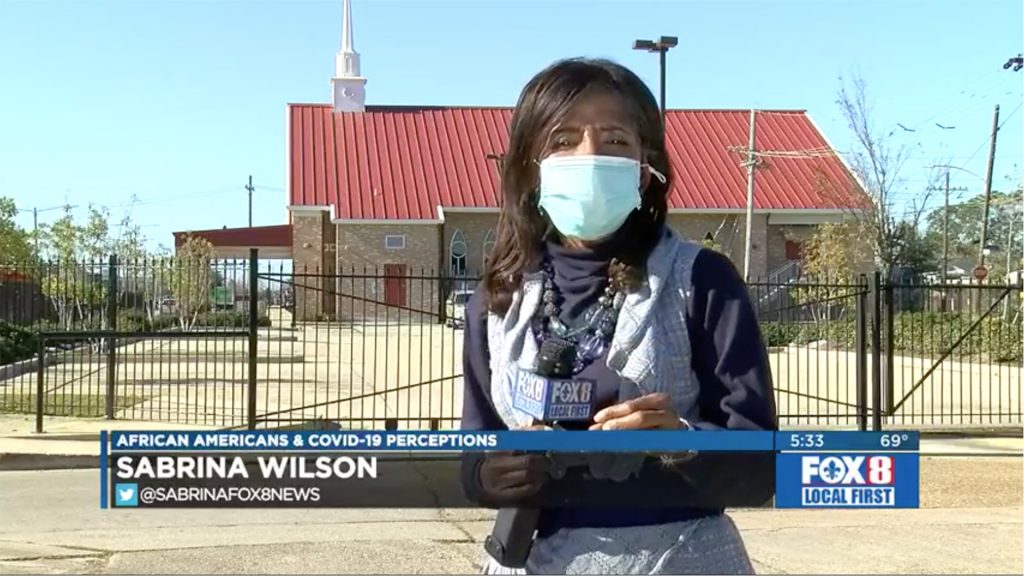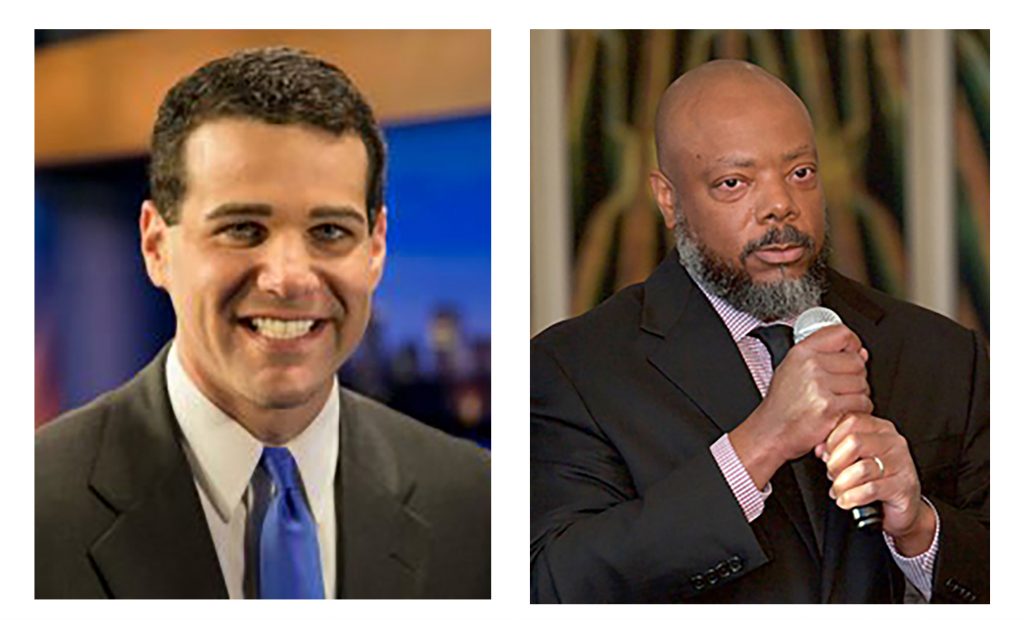
In 1964, president Lyndon B. Johnson launched the nationwide “War on Poverty” from the small coal mining community of Inez, Kentucky. Its legislative initiatives created Medicare, Medicaid, and dozens of other programs. But almost 60 years later, Inez native Glen Hale says his hometown is still struggling with many of the same challenges that LBJ had hoped to solve.
“You’re dealing with locations that have inadequate infrastructure. And income-wise, there are just a lot of barriers that a lot of other places in our country don’t face to the same degree,” says Hale, VP of digital content and audience development for Gray Television. “I have connections in those areas. I have family in those areas. You always want to get into a position where you can give back to people who gave to you — and to me, this is a way to do that.”
“This” is Bridging the Great Health Divide, an ambitious new experiment in collaborative journalism that Gray plans to start rolling out in March. Supported by $200,000 from the Google News Initiative (GNI), its multiplatform coverage will take a fresh look at the longtime health disparities in both Appalachia and the Mississippi Delta, two sprawling regions where health indicators and outcomes are far worse than the national average — and where the group has more than 25 local TV stations serving affected communities.
“While the geography is diverse, the concerns are similar,” says Hale. “In looking at some of the data, we just thought, ‘Our footprint matches.’ We knew it was something we could make a difference in. And it just so happened that Google had opened up this round of funding. So we thought, ‘You know what? This just makes sense. Let’s put in a pitch and see where it goes.’”

Gray’s pitch was one of 30 selected in the U.S. as part of the 2020 GNI Innovation Challenge program, which funds projects that “inject new ideas into the news industry.” Sandy Breland, SVP of local media, says the group is using its win to experiment in a number of ways, all with the goal of effecting positive change for residents of Appalachia and the Delta.
“The problems are not new, but we want to try a new approach in covering them,” says Breland. “We thought that by combining the strengths of our local stations with our national investigative unit and our D.C. bureau, we could cover this in an extensive way — where we raise awareness about why these disparities exist, explore some possible solutions, and create resources for people to make better-informed decisions about health-related issues.”
Bridging the Great Health Divide is a bigger collaboration than Gray has ever done, with more than 100 reporters, producers, news directors, and managers expected to work on its wide-ranging mission over the next year. Among those taking the lead is Lee Zurik, Gray’s New Orleans-based director of investigations, who says the broadcast, digital, and mobile stories will explore different angles every month, like the regions’ unreliable access to clean water or their shortage of health care providers.

Zurik’s national team, which also runs Gray’s “InvestigateTV” OTT channel, will help stations ramp up their existing health reporting, partner with Kaiser Health News on a number of deep data stories, and collaborate with Greta Van Susteren’s Sunday public-affairs show to connect with decision-makers in Washington, D.C. But perhaps most importantly, Zurik says, the project will shine light on the organizations making progress on health issues, as well as create hyperlocal resources for residents. That includes interactive digital maps with health information specific to their areas and specially designed for access where broadband connectivity is poor.
“Quite frankly, if we did a series of stories and it was all just negative —‘you don’t have access to health care’ — I don’t know how much that would resonate with the people who need it,” says Zurik. “We also need to humanize it and show that there are some success stories out there and that those can be replicated elsewhere. That’s an important part of what I hope we bring — and what I expect us to bring — to the table.”

Extending the solutions focus even further, Gray’s director of news services, James Finch, says the project will work with regional universities to make some of the stories and resource materials available as educational curriculum. Gray will also organize a campaign to raise awareness about health disparities through public service messages.
“We’re going to enlist the help of other influencers, outside of our news folks, to speak from an advocacy standpoint to some of the issues — to try to change minds about things like smoking and other things that lead to negative health outcomes,” says Finch. “That would include non-controversial political people, celebrities, athletes, actors — you name it.”
As for the business side of things, Sandy Breland says the goal is financial sustainability. The GNI program asks winners to experiment with innovative business models that support their projects beyond the initial funding — and she says Gray is taking up that challenge, even though it’s not ready to share details yet.

“This kind of journalism takes time,” says Breland. “It takes commitment. It takes resources. It’s expensive, right? But it’s the kind of thing that we should be doing. So we’re looking at: Can this type of quality journalism be supported? And we think it can be. We have a group of marketing directors working from that standpoint: How do we get the word out? What are the best ways to do that? How do we brand this? So it’s journalism, it’s marketing, it’s sales … it’s a significant effort.”
It’s a “significant effort” that could chart a new path for station groups eager to serve their communities in new and more direct ways. And as the project unfolds, Glen Hale will be ready to track the impact on his Kentucky hometown — and the hundreds of other communities like it.

“What you’re really hoping for is that both in the Mississippi Delta and Appalachia, [when] you look at the same regions five years from now, the health outcomes have improved,” says Hale. “Do I have any misperception that we’re going to be the direct causation? No, but I think that we can be part of a solution — part of a groundswell and maybe changing the ways that some of these things are approached in these regions. To me, this is one of the reasons why you get into journalism. You’re trying to effect positive change in the communities you serve. We want to live in places that are better today than they were yesterday — and better tomorrow than they are today.”